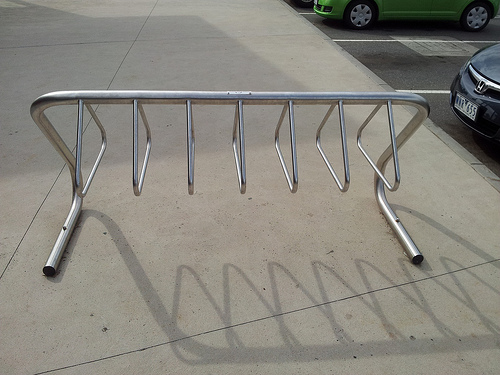If you are in the petrochemical, brewing, catering , textile, dairy or pharmaceutical sectors, your business relies on stainless steel pipes, tubes, valves and fittings to continue smooth running and operation. Ensuring that your company operates an effective cleaning schedule will help your stainless steel look better, last longer and incur lower maintenance costs. Here are some quick and easy tips that your cleaners and maintenance staff should be implementing.

It Won’t Always Come Out In The Wash
While stainless steel will look at its best if cleaned regularly with plenty of water, some cleaning staff inadvertently smear dirt when they wipe tubes and pipes with a damp cloth. To avoid this, staff should be using plenty of water with an appropriate cleaning solution. The best cleaner for stainless steel is water with 1 per cent ammonia solution. Thoroughly dry the steel after washing it to prevent streaks from forming. The cloths should be frequently rinsed clean to avoid smearing the first over the surface of the steel.
Why You Shouldn’t Use Bleach
If properly maintained, stainless steel pipes and tubing will last a very long time. A frequent mistake that some cleaners make is to use bleach instead of mild detergents. Although bleach can be effective in the correct amount, it is too easy for cleaning staff to make the solution too strong. Bleach is very difficult to rinse off properly afterwards. A combination of these two factors is a big reason why stainless steel deteriorates prematurely in appearance when used in a factory or plant. Keep your stainless steel pipes and tubing looking as good as new by cleaning them daily with soft cloths and ammonia cleaning solution.
Watch Out For Scratches!
You must train cleaning staff to ensure that they know how to avoid scratching the stainless steel pipes, tubes, valves and fittings. Even high purity steel pipes with corrosion resistance will still scratch and scuff easily. Stainless steel will never corrode but scratches and scuffs will greatly diminish its appearance.
How To Avoid Stains
Most stains are a result of waterborne materials and can generally be avoided if daily cleaning is carried out with plenty of water, soft cloths and the correct cleaning solutions. Steel wool pads should never be used as they leave tiny fragments that form rust spots on the steel. Cleaners containing oxalic acid will remove rusts spots while mild non-abrasive stainless steel cleaners are used to deal with persistent stains including rust. These cleaners should always be thoroughly washed off after use.
Never Use Steel Wool To Clean Stainless Steel
Your company’s cleaners should never use steel wool (wire wool) to clean stainless steel pipes and tubes. As steel wool is made from carbon steel, it will cause rust to form on the surface of the steel. Removing this can cause scratches to be formed on the steel. Soft non-scratch cloths such as microfiber cloths should be used to remove stains and rust. Heavy rust stains are best dealt with through the use of specialized stainless steel cleaners. Follow these tips to keep your stainless steel looking great for years.